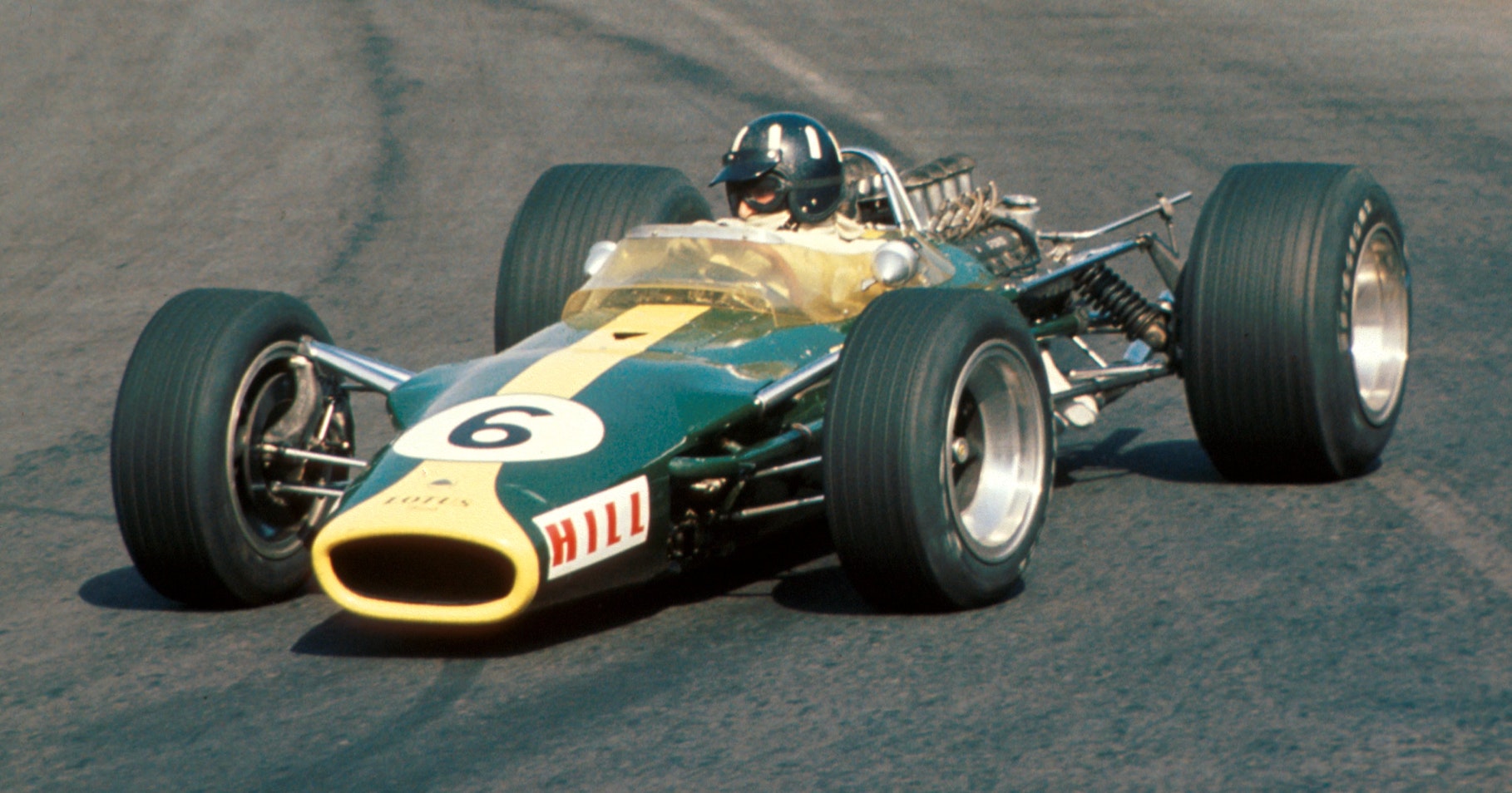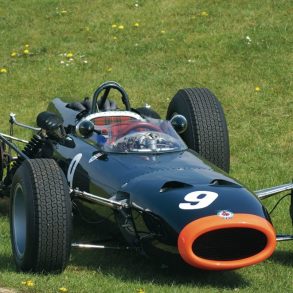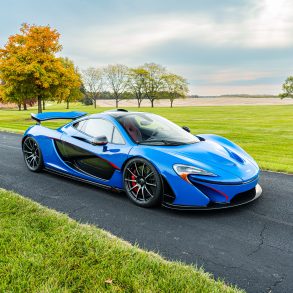Lotus 49
Car: Lotus-Ford 49 / Engine: 900 V8 Ford-Cosworth DFV / Maker: Lotus / Bore X Stroke: 85.7 x 64.8 mm / Year: 1967 / Capacity: 2,998 cc / Class: Formula 1 / Power: 415 bhp at 9,500 rpm / Wheelbase: 2,413 mm Track: Front: 60 inches Rear: 61 inches / Weight: 1168.4 lbs
This is easily one of our favorite Lotus race cars ever. The 3 liter Formula was now one year old and after an unsuccessful 1966 season using a variety of engines including the H-16 BRM, Chapman was desperate for a new power source. He approached Keith Duckworth who along with Mike Costin and Bill Brown had built a lucrative business modifying production-based Ford engines for the junior formula.
Could he build a proper Grand Prix engine and how much money was needed. Duckworth estimated that it would take £100,000 to design, build and maintain five engines for one season. All that was needed was a source for this money. Ford of Europe, recently established, was looking to make a name for itself. Walter Hayes, Ford’s director of public affairs knew both men well and was able to sell the plan to his superiors back in Detroit.
A V-8 configuration was selected and initial opinion questioned whether Ford was out of its league. Most observers felt that a 12 cylinder engine would be bare minimum required for the 3 liter Formula and BRM continued with their 16 but the 8 cylinder had many adherents back in Detroit. Colin Chapman was also in favor of a V8 which could be made smaller and lighter. Like the previous year’s Type 43 the new car would have a monocoque chassis where the engine served as a stressed member. Designed by Maurice Phillippe to work hand in hand with the new engine the Lotus 49 was kept as simple as possible. The main connection between the engine and the chassis was via two bolts spaced 9 inches apart at the bottom of the monocoque with additional connections at the reinforced cam covers.
For 1967, Graham Hill was added to the team at the instigation of Ford. Starting out at Lotus he had left the firm in 1960 to join BRM a fact that was never totally forgiven by Chapman. Early testing of the new car was entrusted to Hill as Jimmy Clark had become a temporary “tax exile” during this period. The additional power was at first obvious and Hill would later talk of a wooden board placed behind the driver to compensate for the increased acceleration. This sudden surge of power came at 6,500 rpm and took some getting used too. Until the throttle linkage was upgraded the car had a distinct feeling of an on and off switch. Clark would complain that it was easier to get the maximum out of the Lotus 25 or 33 than the 49. This may well have been the musings of a driver contemplating the end of his career which he would not live to see. The difference in Formula’s was more than just a matter of engine power. Rather than finesse it was more a matter of the driver putting his foot down on the accelerator sooner and longer. Clark always an artist in a car may have seen his advantage disappearing.

History was written that day and for the next fifteen years Cosworth and Ford were synonymous with winning. Their contract with Lotus only stipulated exclusivity for that first year and though the Lotus-Fords would continue to dominate qualifying, scoring 11 straight pole positions, various mechanical trouble not all related to the engine would cost them the championship. Clark would out qualify the second place Hulme by almost 10 seconds at the Nurburgring only to drop out after 3 laps due to suspension failure.
The Lotus-Ford 49 would continue to serve Lotus for the next three years. Evolving from the classic British Green racer sans wings to the red, white and gold moving cigarette pack with tall and then low wings. The car would power Graham Hill to the 1968 World Championship after the tragic death of Clark in a meaningless Formula 2 race. In 1970 Jochen Rindt scored a legendary victory over retiring three-time World Champion Jack Brabham at Monaco. The Ford Cosworth DFV or double-four-valves would eventually become the engine of choice for all of the British teams leading to the growth of Formula 1 in the years to come. The impact of Ford’s decision to make the engine available to any manufacturer cannot be underestimated and is directly responsible for the domination of the British teams in chassis design now that they were more or less free of any responsibility for the engine.


















